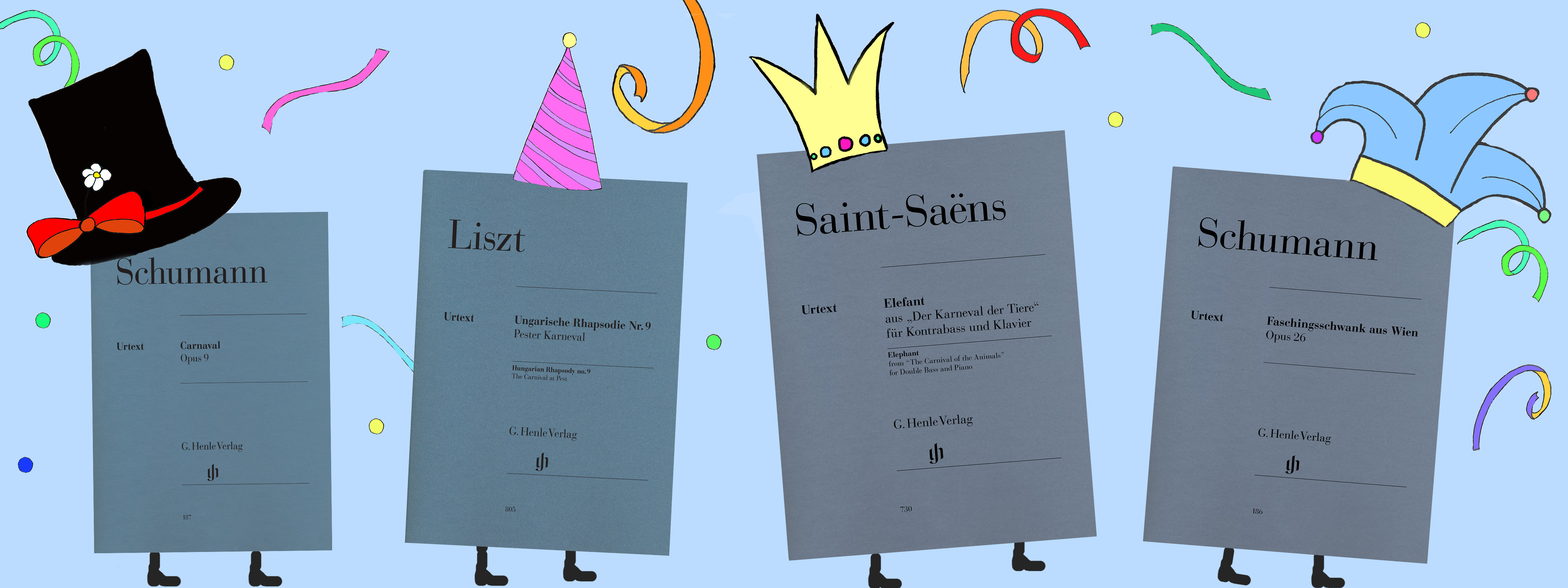 G. Henle publishing house is well known for putting its earlier editions to the test and updating them if necessary. Recently, the blog has reported on the new revised edition of César Franck’s violin sonata. Today, I would like to refer to the forthcoming revision of the first part of Beethoven’s piano variations (HN 1267). Continue reading
G. Henle publishing house is well known for putting its earlier editions to the test and updating them if necessary. Recently, the blog has reported on the new revised edition of César Franck’s violin sonata. Today, I would like to refer to the forthcoming revision of the first part of Beethoven’s piano variations (HN 1267). Continue reading
Search
Subscribe2
-
Recent Posts
Tags
accidentals arrangements autograph Bach Bartók Beethoven Brahms Carnival Chopin Christmas clarinet Debussy Double bass Dvorak Fauré fingering first edition genesis Haydn Hoffmeister horn instrumentation Liszt Mendelssohn Mozart notation piano piano concerto piano sonata Rachmaninoff Ravel revision Saint-Saëns Satie Schubert Schumann string quartet urtext variant reading variants variations versions viola Violin Concerto Violin Sonata

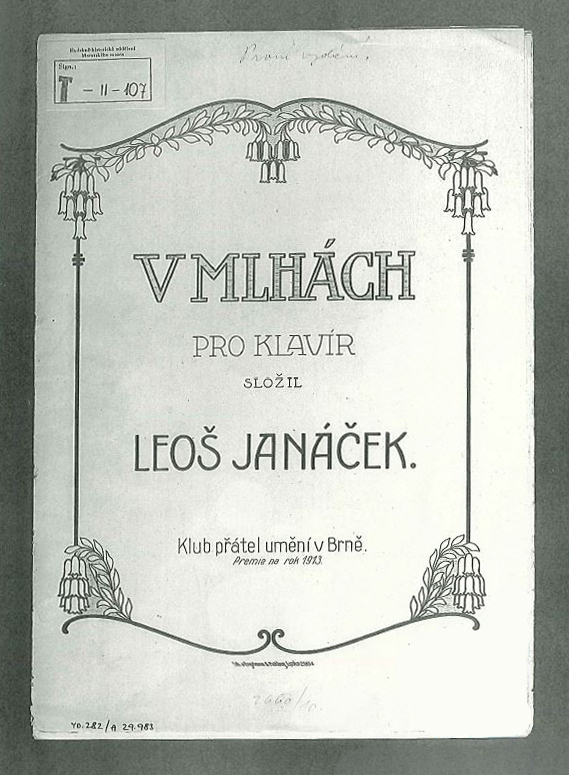

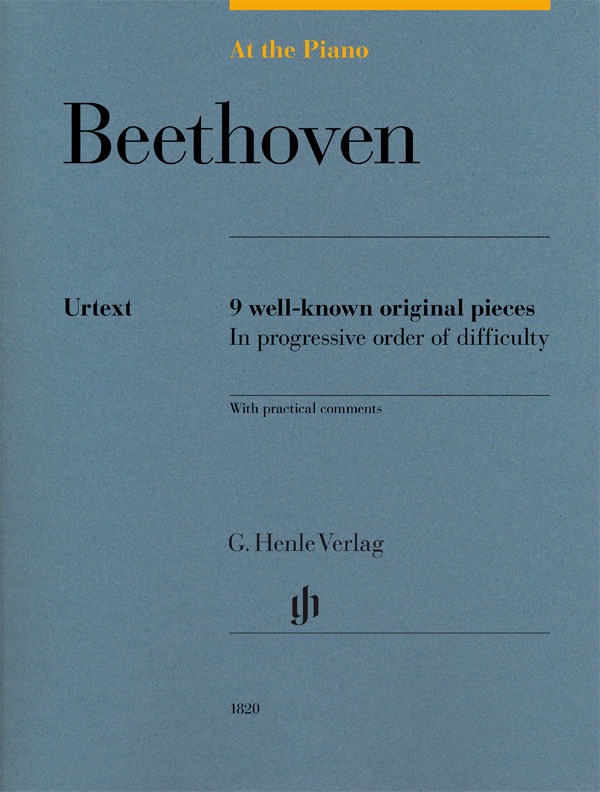 Even the visual design is a little revolution for Henle: after being in publishing for nearly 70 years we are for the first time bringing out a series of Urtext piano editions without just the classic blue cover, but with a sort of bright yellow horizontal “branding” mark added – and with good reason, since our new series “At the Piano” is forging a new path in many respects.
Even the visual design is a little revolution for Henle: after being in publishing for nearly 70 years we are for the first time bringing out a series of Urtext piano editions without just the classic blue cover, but with a sort of bright yellow horizontal “branding” mark added – and with good reason, since our new series “At the Piano” is forging a new path in many respects. 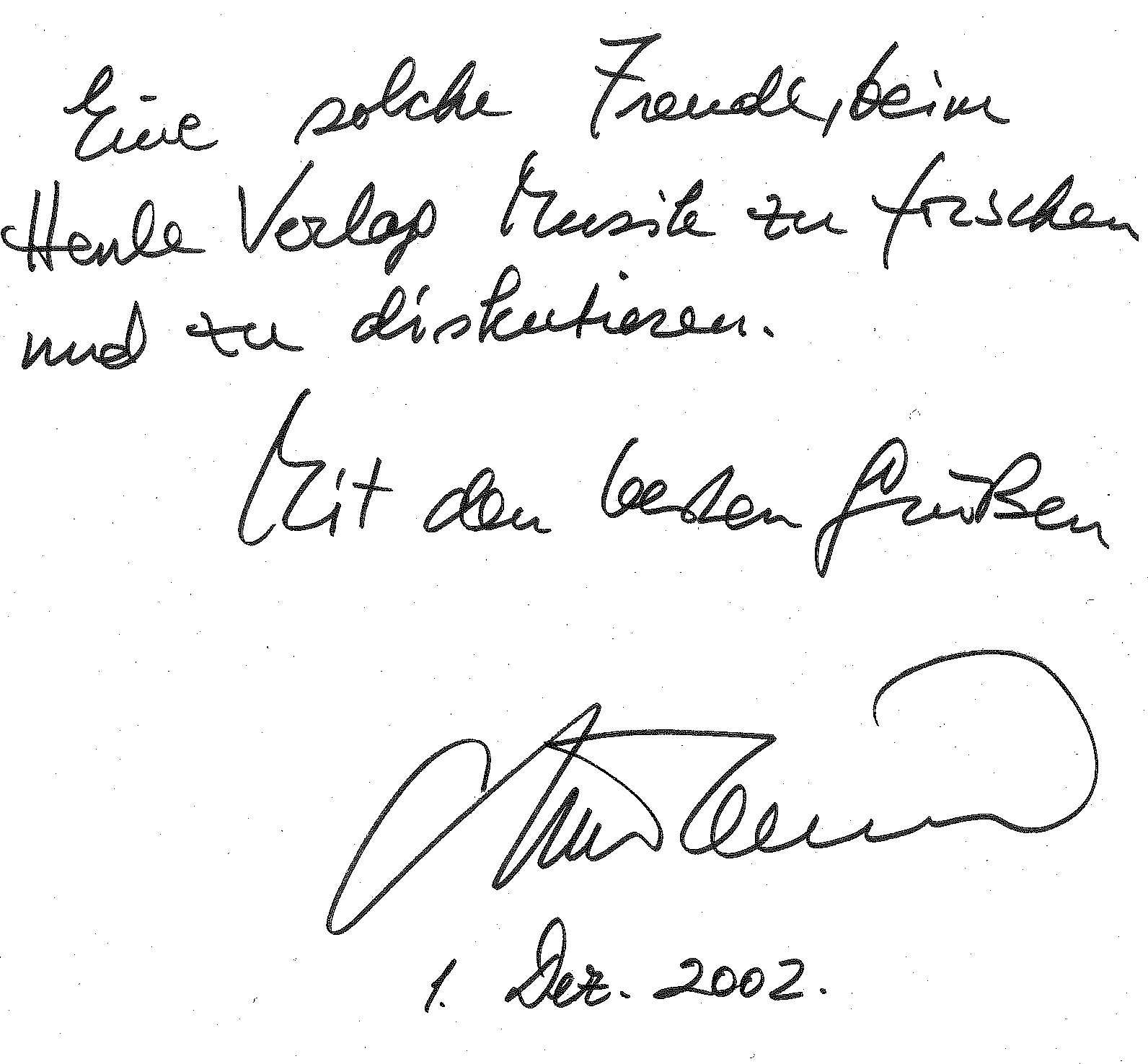
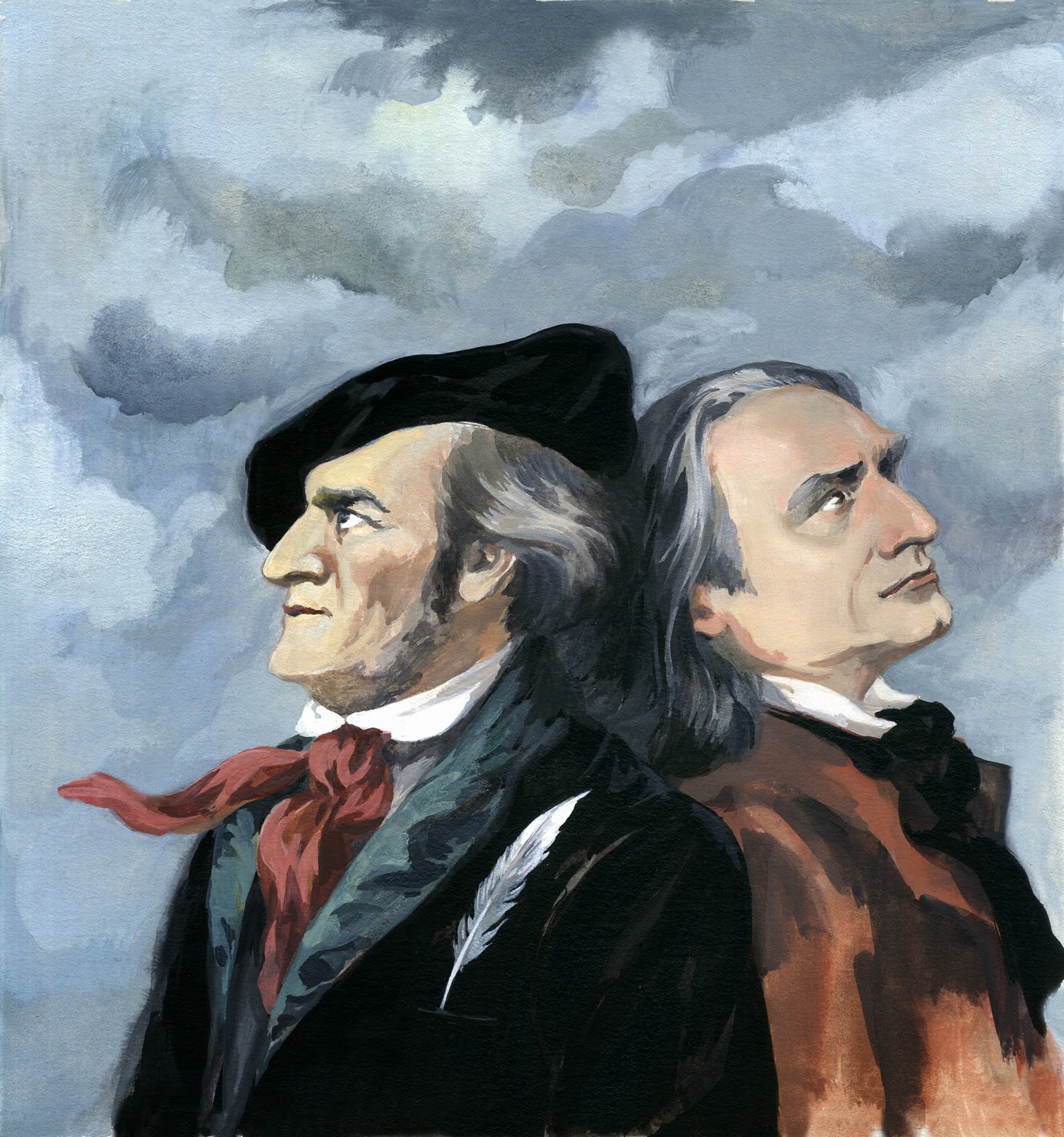
 It was nearly three years ago, on 17 February 2014, that my
It was nearly three years ago, on 17 February 2014, that my 